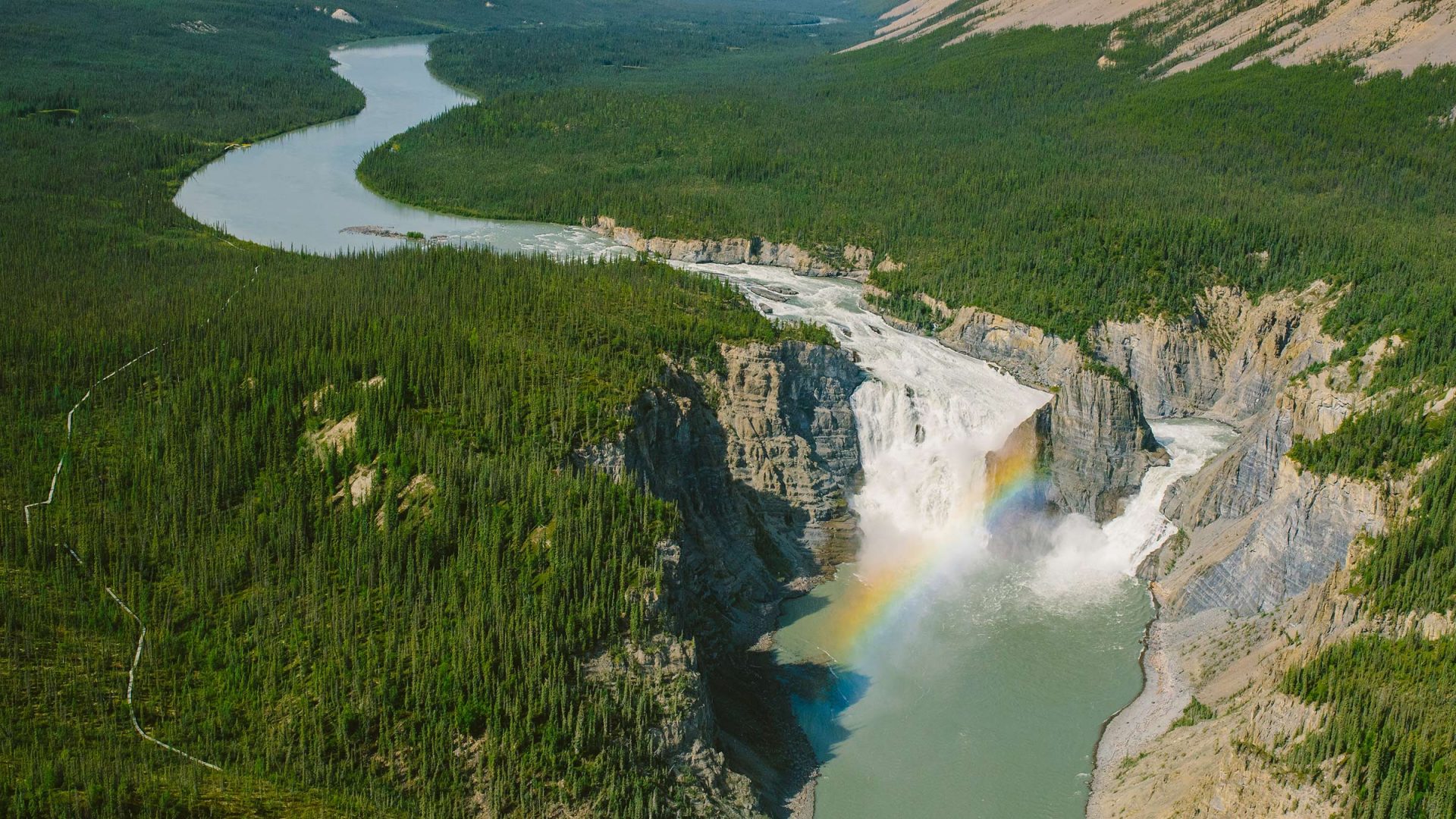
This article is written by Dan Wong, a long-time Northerner, and experienced canoe guide. Dan has paddled the South Nahanni River and has many years of experience planning and paddling canoe trips across the Northwest Territories.
At Jackpine Paddle, we are happy to assist you with making your own river dreams come true. We hope you find this article useful preparation for your own canoe trip on the Nahanni River!
Check out our Nahanni River page for more information on canoe rentals, shuttles and whitewater canoe training.
The South Nahanni River has a fierce reputation – traced back to R.M Patterson’s popular 1927 book: The Dangerous River: Adventure on the Nahanni.
In reality, it’s not as challenging as most make it out to be. Most information on the Nahanni River available online overstates the difficulty. While preparedness is important, the sandy river bottom makes for smooth paddling through most of the canyons and a flood in 2012 shifted boulders and completely washed out the difficult Figure 8 rapids.
With Figure 8 gone, there are only 3 main whitewater challenges: 4th canyon, Lafferty’s Riffle, and George’s Riffle. While the currents can be powerful, you won’t find any tight lines or technical maneuvers in these rapids. There is a lot of time and space to maneuver your canoe.
From Rabbitkettle Lake down, the Nahanni River is an ideal whitewater trip to solidify your skills as a novice-intermediate canoeist.
How good is a “novice-intermediate canoeist”?
At a minimum you should be able to control your canoe on a lake, even in occasional, strong gusty winds. It also shouldn’t be your first time paddling on a river. You should have some experience paddling in current and be familiar with basic whitewater moves like ferrying and entering/exiting an eddy.
In case of a capsize, you should have a practiced plan to rescue yourself, or another canoe. Of course, you need to have experience camping in the remote backcountry.
Not sure of the skill suitability of your group? Give us a call and we’d be happy to chat and help you figure it out.
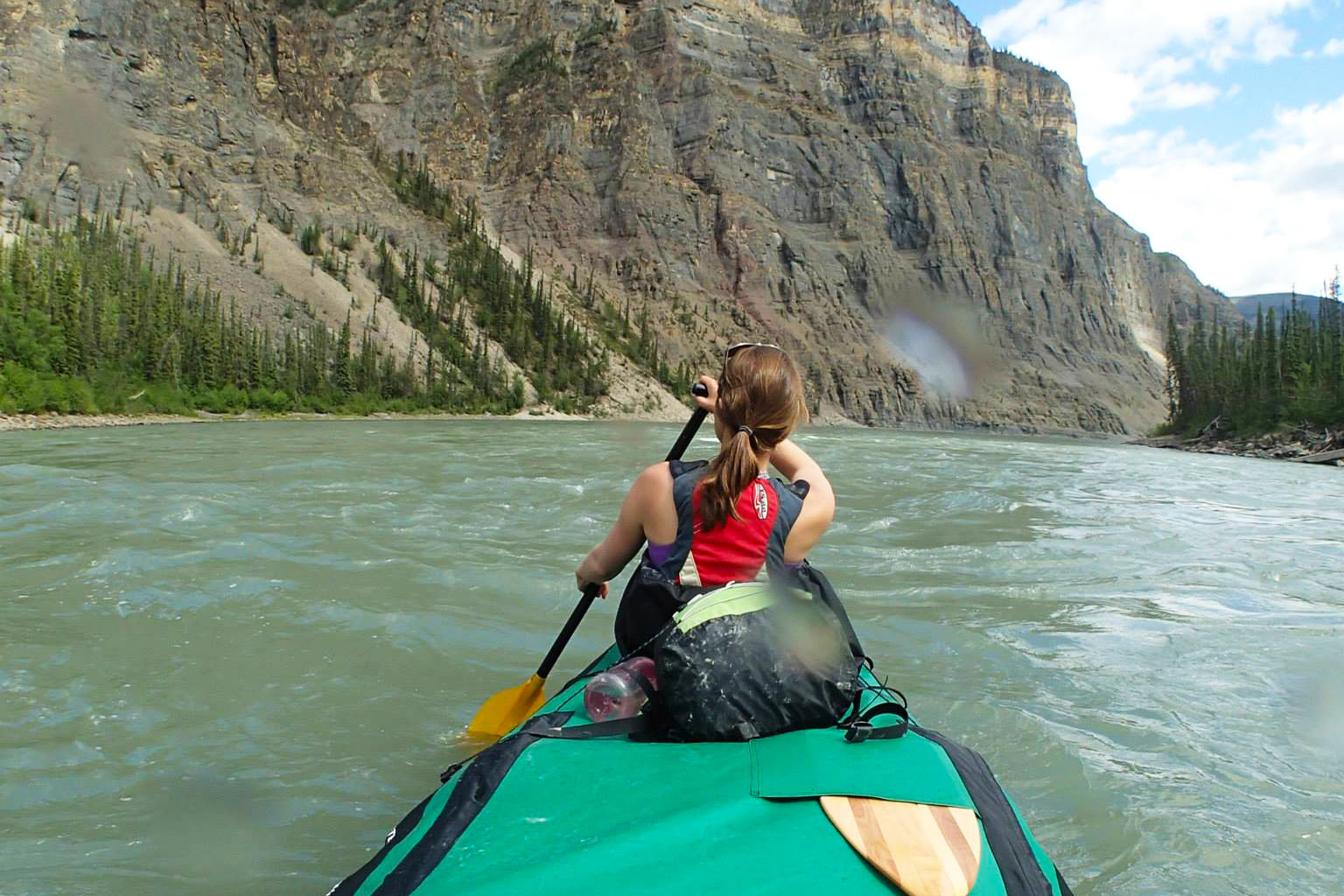
The Nahanni River is best travelled by canoe. There is a good reason the early-explorers and indigenous travellers used canoes to explore this fabled route. Stable yet maneuverable with plenty of space for food & gear, the canoe is a craft perfectly-suited for this northern wilderness river.
Unless you are a complete couch-potato, a raft is likely too boring for you. The novelty of “sit back and relax” may wear off over a 7-12 day trip for those who prefer a more hands-on experience.
Kayaks are difficult to strap to the outside of float planes without damaging them, and cannot nest together. The tricky logistics of transporting kayaks to the Nahanni River may end up doubling your air charter expenses!
For both rafters or kayakers, a mandatory portage around Virginia Falls becomes a very awkward (and grueling) obstacle. The portage was recently re-routed by Parks Canada from 1.3 to 2 km in length. Canoeists can take advantage of conveniently-placed canoe resting stands to help break-up this major haul.
Canyon-rigging is a northern canoe guide’s secret weapon for safety. Always in the back-pocket, canyon-rigging is an option for guides to use with less-experienced clients. It is suitable for big volume rivers with wide lines through non-technical rapids – it’s perfect for the Nahanni River.
Canyon-rigging is a simple way to attach two canoes together using a pole that transforms 2 canoes into a single, floating canoe cata-raft platform. The pole can be harvested from the side of the river. No special equipment besides a handful of extra cord or rope is required. Canyon-rigging can improve stability significantly in rapids while offering the flexibility to use it where and when needed. It is simple and quick to take it apart.
To set-up a canyon-rig, attach one pole to the rear thwart or yoke of both canoes, and use a rope to attach the canoe bows together with a bit of tension. Alternatively, you can use 2 poles for extra support. Use square-lashing when securing the poles to your canoes and leave around 3-4 feet in between your canoes.
Appoint the most experienced paddler as the “captain” and have them in control of your canyon-rigged canoe raft (in one of the rear seats so they are in the best steering position).
Canyon rigging from time to time is preferred to being stuck in a raft for the entire trip.

The South Nahanni River is the busiest river in the Canadian North (by far), due to the large number of guided and self-guided expeditions each summer. You are likely to run into other groups on the river each day and at popular campsites (like Virginia Falls & the Gate). The maximum group size is 12 paddlers.
Reservations are required by Parks Canada and work on a first-come, first-served basis. Make your reservation as early as you can. Otherwise you may miss out on preferred dates for your best chance of great weather (July 1 to August 15).
Paddlers will pay a fee of $147.20 CAD per person to make a reservation. You will need to complete a Parks Canada Reservation Form and email the completed form to nahanni.info@pc.gc.ca. You can find the form here.
It’s also recommended to book your canoe & gear rentals early as equipment is limited!
A whitewater canoe course is a good way to upgrade your skills and improve your confidence. Courses allow you to learn from experienced instructors in a fun & safe environment. The right course should challenge you to make mistakes, and help you learn from those mistakes to become a better paddler.
Things to look for in a whitewater canoe course to prepare you for the South Nahanni River:
It’s important to find a course that simulates a similar river environment to the Nahanni River. Site selection is key! The Nahanni River is a mountain-river, and you’ll find the most suitable courses in the continuously-flowing mountain rivers of western and northern Canada. Best to avoid the “pool and drop” style rivers of Eastern Canada, such as the Madawaska.
You should take a course together with the same group you’ll be doing your canoe trip with. This can help improve your teamwork and allow you to practice rescues together.
Canoe courses are often scheduled in late-May to June so it shouldn’t be a problem to line one up prior to your Nahanni River trip. Check out upcoming dates for our Canoe Expedition Course – designed for aspiring whitewater river trippers.
Whenever you land on a course – make sure it’s with a certified Paddle Canada instructor!
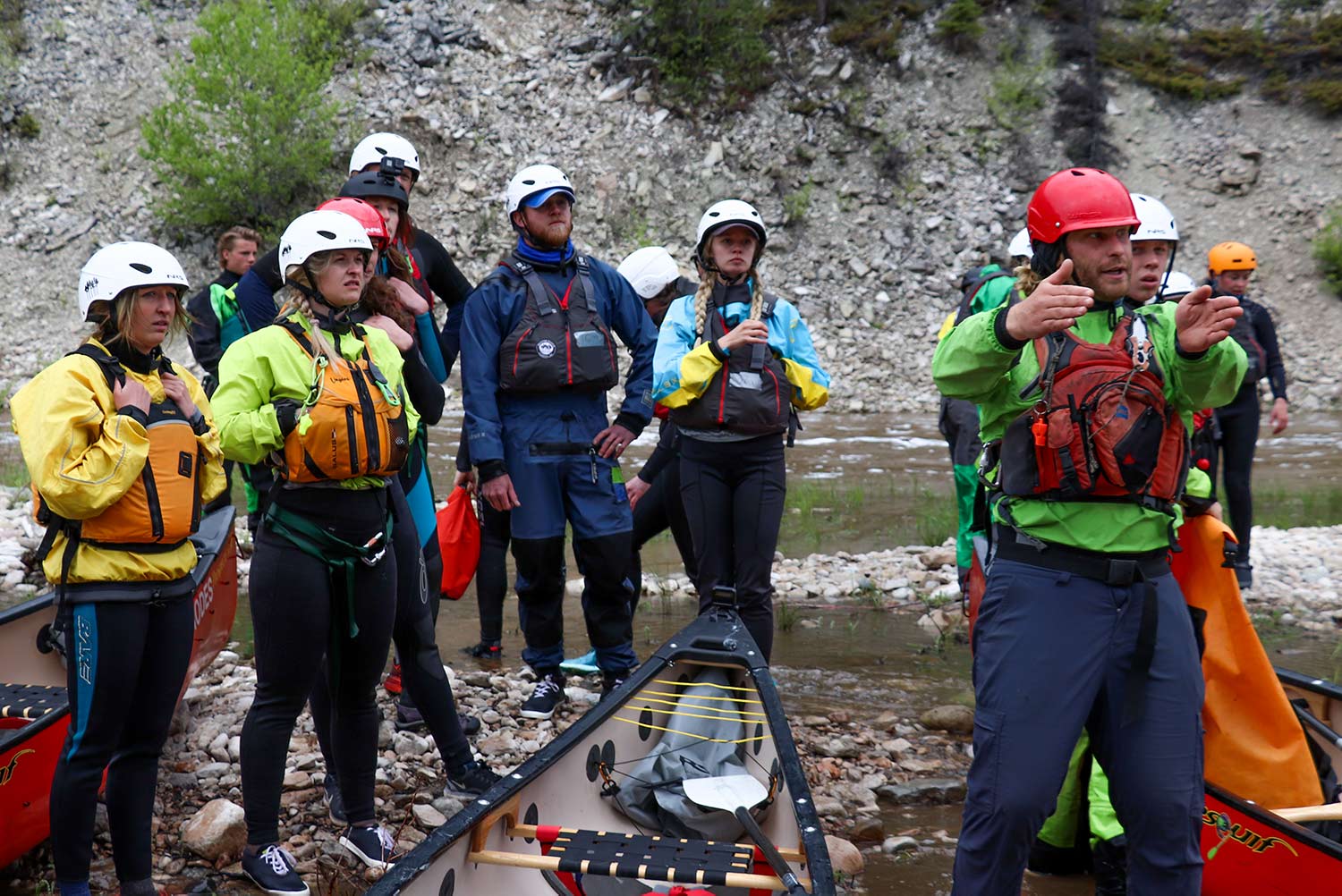
Náįlįcho (or Virginia Falls) is the most dramatic and impressive feature on the South Nahanni River.
There is limited camping with some facilities like camping pads, outhouses, and boardwalks, monitored by Parks Canada staff who live there on-site during the summer.
You must reserve spots and are allowed to book up to 2 nights. Make sure you plan in your itinerary to take your maximum 2 nights. This will allow you to take advantage of some spectacular hiking and break up your portage loads.
Recommended itinerary at Virginia Falls:
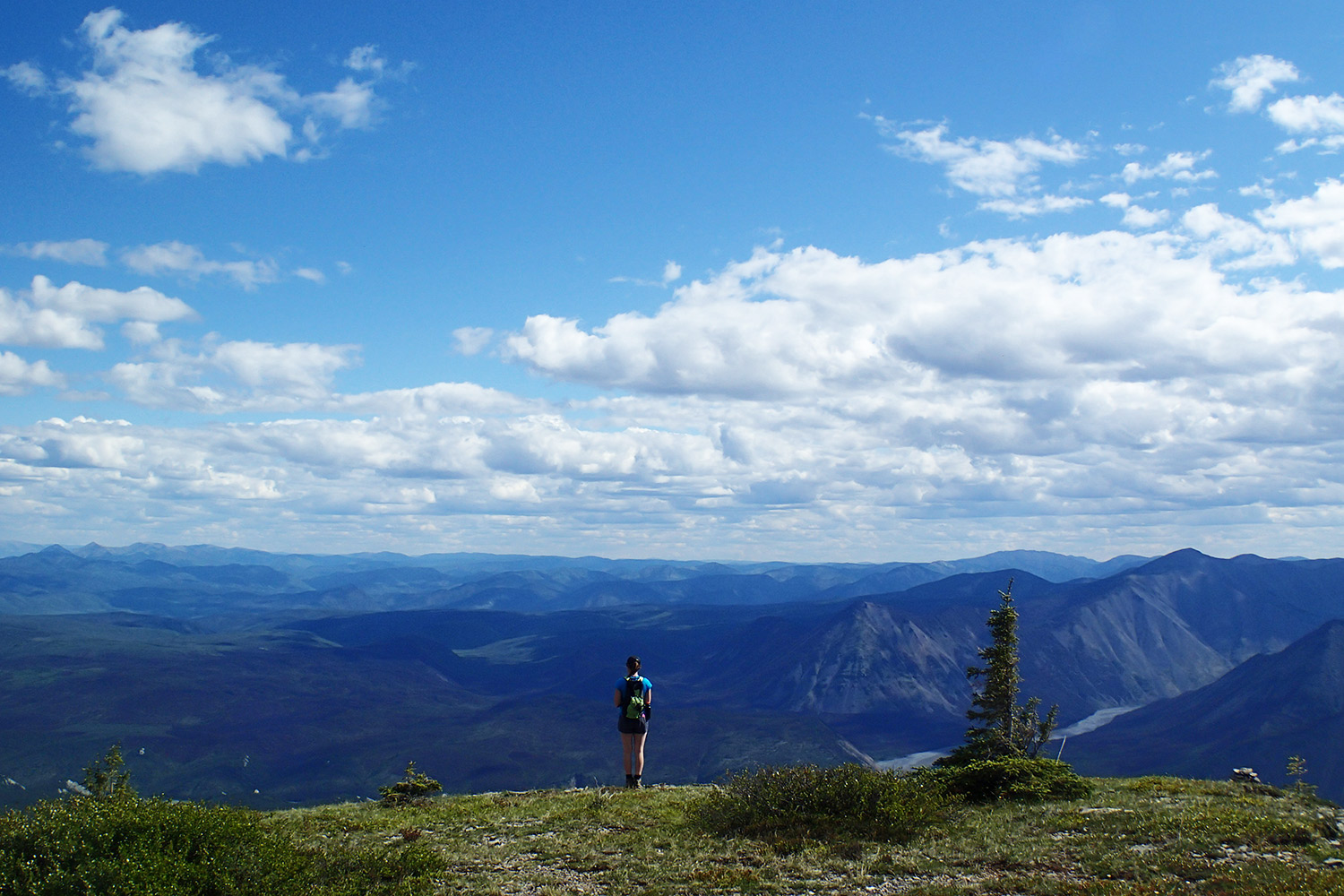
Don’t bother bringing a fishing rod on the Nahanni River.
Not only are fishing rods a hassle to transport on flights and carry around on your trip – but the fishing is poor on the Nahanni River.
The river is relatively silty for most of its length & generally the camping is poor at most major incoming tributary streams & creeks.
There are many good reasons to paddle the Nahanni River but fishing is not one of them. It is not known as one of the great fishing rivers of the North.
If you are looking for stunning mountain scenery combined with angling opportunities for Arctic Grayling and Bull Trout, you’d better look into the Keele River.
You’ll need to hire a bush plane on floats for your canoe trip on the Nahanni River. This is a remote wilderness area and there is a serious lack of road infrastructure.
It’s easy to do this yourself.
There are two operators you can choose from:
Get in touch with either operator prior to your trip for an air charter quote. They’ll want to know how many in your group and your starting location on the Nahanni River.
For starting location, most groups start at Náįlįcho (or Virginia Falls) for a 7-10 day trip. Alternatively you can begin further upstream at Rabbitkettle Lake if you have 10-14 days.
When you get a quote, make sure you get the price, but also the payload, and any rules about the size and number of canoes that you can bring.
The payload is the maximum weight the plane can carry safely. It needs to include the weight of passengers, gear, and canoes.
On any of the smaller planes owned by Simpson Air (Beaver, 185), canoes will need to be strapped to the outside of the plane. As an external load, Transport Canada requires their actual weight to be doubled when accounting for payload to factor for the extra fuel required due to additional wind resistance. You will likely use one of these planes if you have a smaller group of 2-4 paddlers.
The Twin Otter plane owned by South Nahanni Airways is large enough to fit up to 3 canoes inside. You won’t be hit with the external load payload penalty, but you’ll want 6 paddlers on your trip to help pay for the plane.
Bigger planes cost more but also allow you to fit in more paddlers to split the bill. Generally the most affordable option is 6 paddlers in a Twin Otter.
You’ll have to “make payload” if you want to reach the maximum number of paddlers for any given plane. Once you find out the payload to your starting location, you’ll have to figure out if the total weight of your paddlers, gear, food, canoes + any external load penalties.
The further you start your trip upstream, the less payload you will have due to the longer mileage.
Before you board the float plane the air charter company will put everything (including you) on a big scale and weight it.
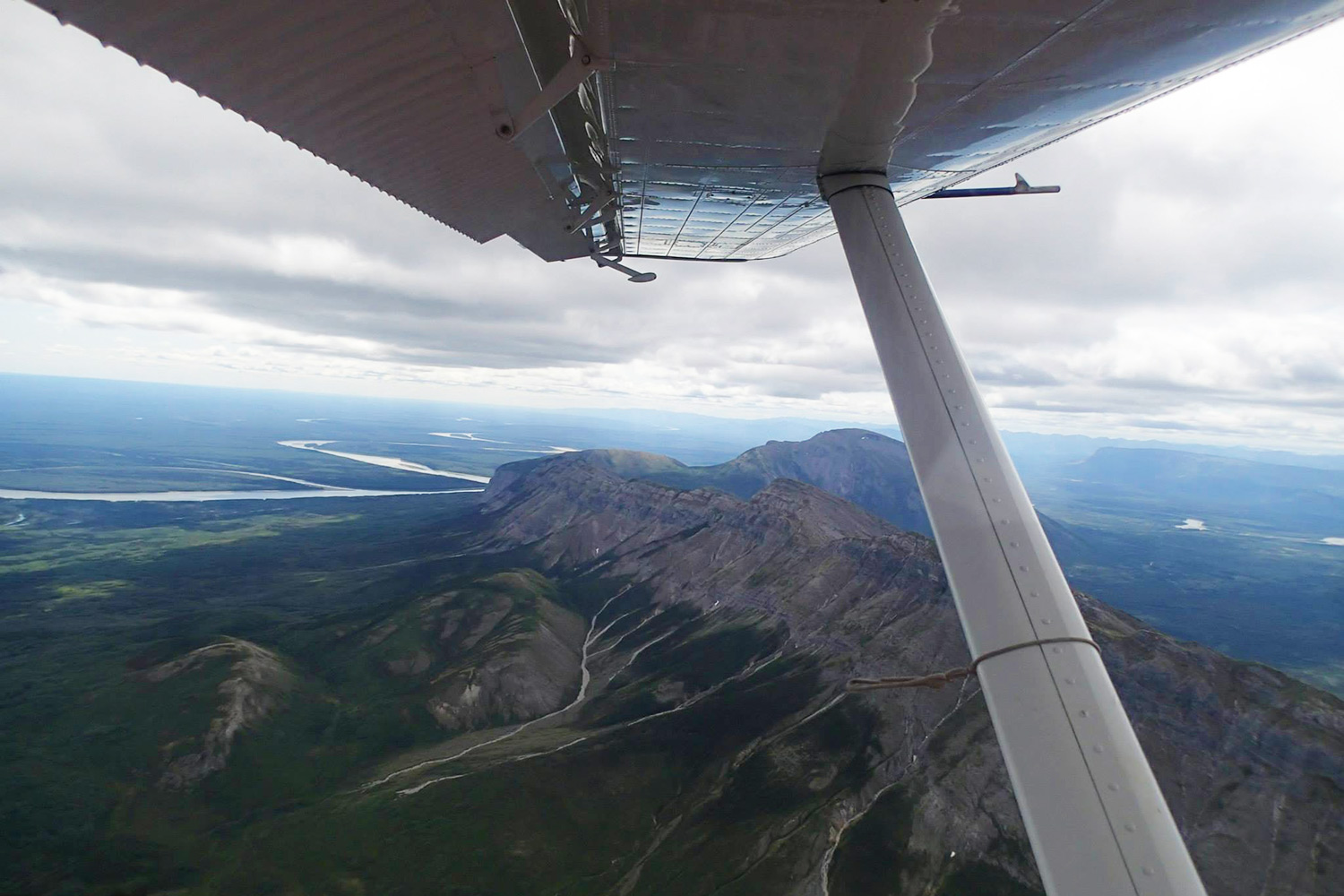
Fort Simpson is the gateway to the Nahanni River and starting location for your canoe trip.
To get to Fort Simpson we recommend using your airline points to fly with Westjet or Air Canada into the regional hub of Yellowknife. You can then grab an 8-hour road shuttle to Fort Simpson, stopping to see Wood Bison and Sambaa Deh Falls Territorial Park along the way. Alternatively, you can fly from Yellowknife to Fort Simpson with Canadian North for the quicker but more expensive option.
At the end of your trip, you’ll need to get back to Fort Simpson. You’ll be paddling in the Mackenzie lowlands with the mountains far behind. It can seem like a slog.
Eventually you’ll arrive at the confluence of the South Nahanni and Liard Rivers. Here you’ll find the small community of Nahanni Butte. It’s possible to get a boat shuttle from Nahanni Butte to the nearest highway. You can also paddle to the highway, a distance of 40km.
Once at the highway, most paddlers take-out at Blackstone Territorial Park, or Lindberg’s Landing, and take a road shuttle back to Fort Simpson. This road shuttle saves 140 km of paddling on the Liard River (an additional 2-4 days).
We recommend using a road and/or boat shuttle to get back to Fort Simpson at the end of your trip. Unless your time is unlimited, it’s better to use the days you have available for more hikes and exploration in the scenic mountainous sections of the Nahanni River earlier in your trip. It’s good to have extra days in hand for bad weather – to hunker down during canoe trip or use if your air charter is delayed out of Fort Simpson.
We can help arrange both road & boat shuttles for your trip.
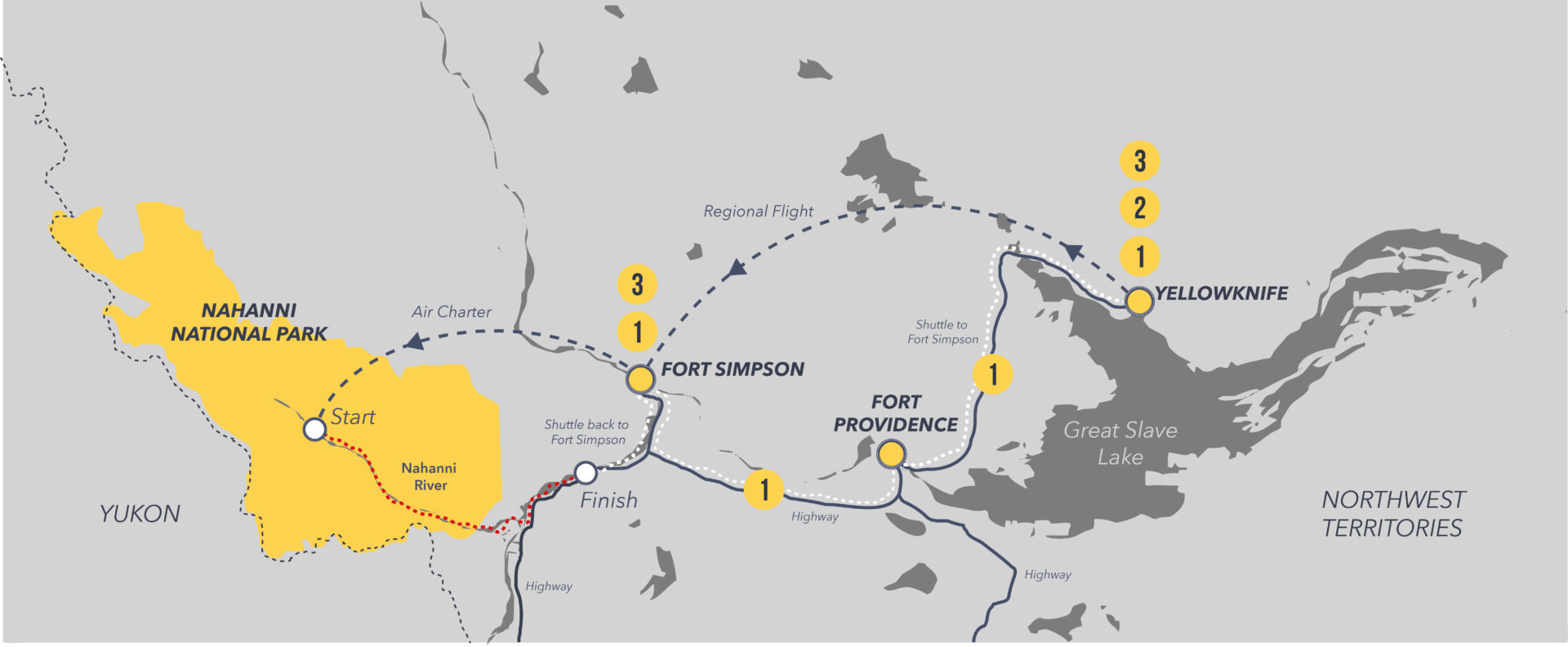
We have a partnership to provide canoe rentals & shuttles for Nahanni River paddlers with the indigenous First Nation in Fort Simpson, Liidlii Kue First Nation (LKFN). By choosing to support our partnership, you will be helping to create local jobs & benefits for LKFN members.
Consider spending a few extra days in Fort Simpson to take advantage of the many local attractions & cultural experiences.
LKFN members and traditional knowledge keepers are able to offer:
Fort Simpson is an art-scene hot spot in the NWT. Throughout the year you can find arts and crafts like carvings, handmade willow canes, traditional Aboriginal clothing, birch bark baskets and moose hide crafts in shops throughout town.
A canoe trip down the Nahanni River is a true trip of a lifetime. But there is more to the story than just spectacular scenery. Enrich your experience and better understand the Nahanni River from the people who have lived and travelled there for generations.